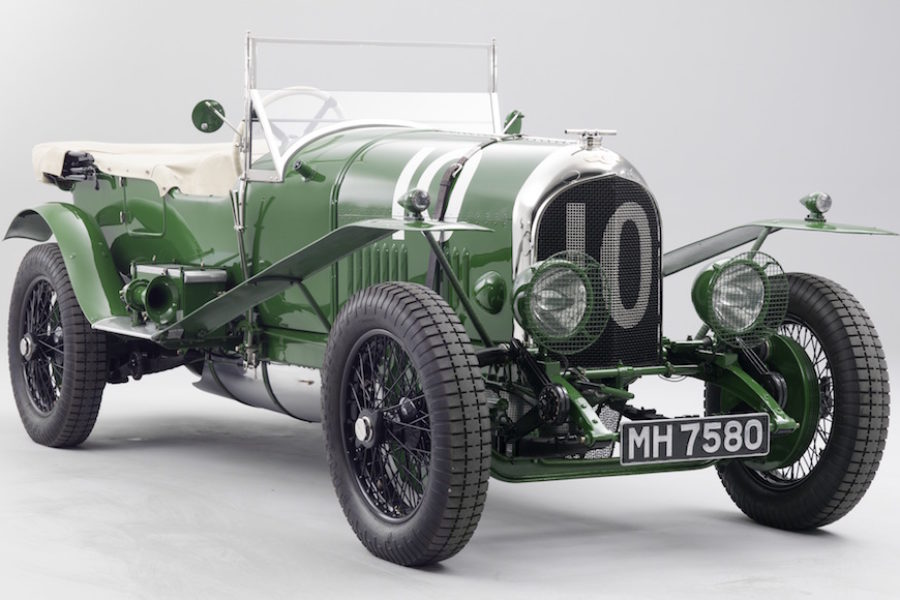
The Bentley 3 Litre was a car chassis manufactured by Bentley. The company's first, it was developed from 1919 and made available to customers' coachbuilders from 1921 to 1929. The Bentley was very much larger than the 1368 cc Bugattis that dominated racing at the time, but double the size of engine and strength compensated for the extra weight. The 4000 lb (1800 kg) car won the 24 Hours of Le Mans in 1924, with drivers John Duff and Frank Clement, and again in 1927, this time in Super Sports form, with drivers S. C. H. "Sammy" Davis and Dudley Benjafield. Its weight, size, and speed prompted Ettore Bugatti to call it "the fastest lorry in the world", which was regarded as a compliment. Built in 3 main variants, Blue label, Red Label Speed models all carrying a 5-year warranty, and the coveted and rare Green Label 100 mph cars, which only carried a 12-month warranty reflecting the high state of tune.
The 3 Litre was delivered as a running chassis to the coachbuilder of the buyer's choice. Bentley referred many customers to their near neighbour Vanden Plas for bodies. Dealers might order a short cost-saving run of identical bodies to their own distinctive design. Most bodies took the simplest and cheapest form, tourers, but as it was all bespoke or "custom" coachwork there was plenty of variation. Customers included Prince George, Duke of Kent, Gertrude Lawrence, and Beatrice Lillie.
There were three main variants of the 3-litre and they became known by the colours commonly used on the radiator badge. There was a definite rule controlling badge colors but astonishingly it has since been established that given "special circumstances" the factory would indeed supply a "wrong" color.
Blue label
This was the standard model with 117.5 in (2,984 mm) wheelbase from 1921 to 1929 or long 130.0 in (3,302 mm) wheelbase from 1923 to 1929.
Red label
This used a 5.3:1 high compression engine in the 117.5 in (2,984 mm) wheelbase chassis and was made from 1924 to 1929.
Green label
Made between 1924 and 1929 this was the high performance model with 6.3:1 compression ratio and short 108 in (2,743 mm) wheelbase chassis. 100 mph (160 km/h) performance was guaranteed.



































































